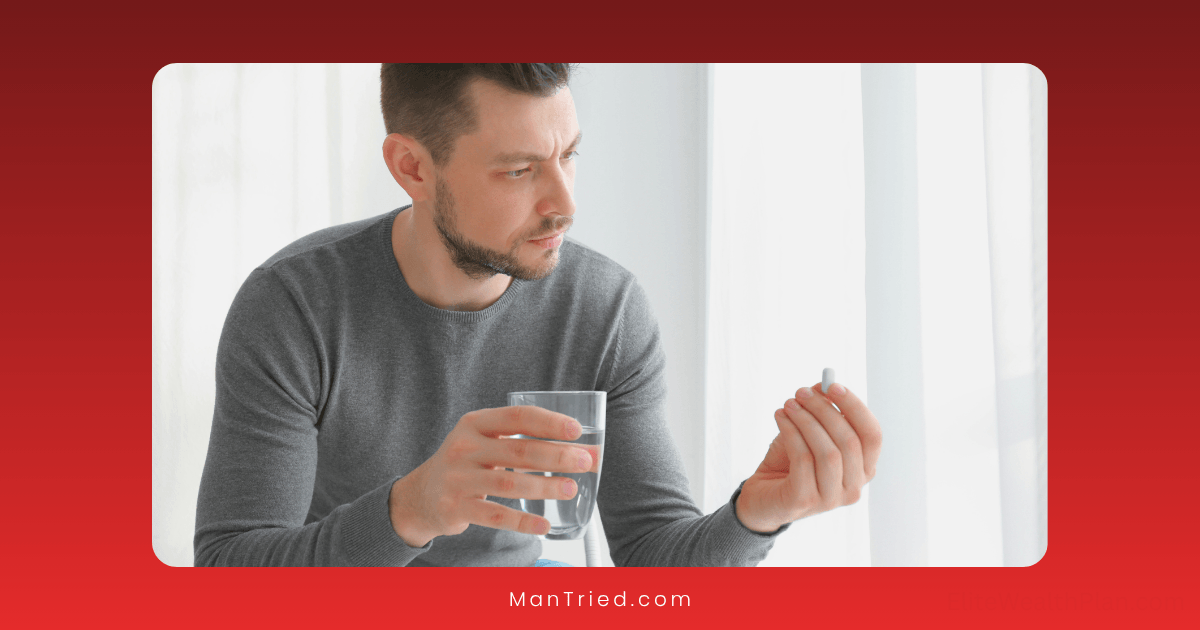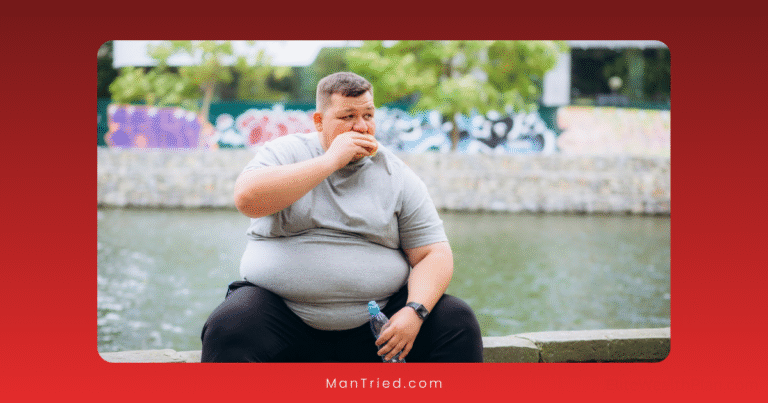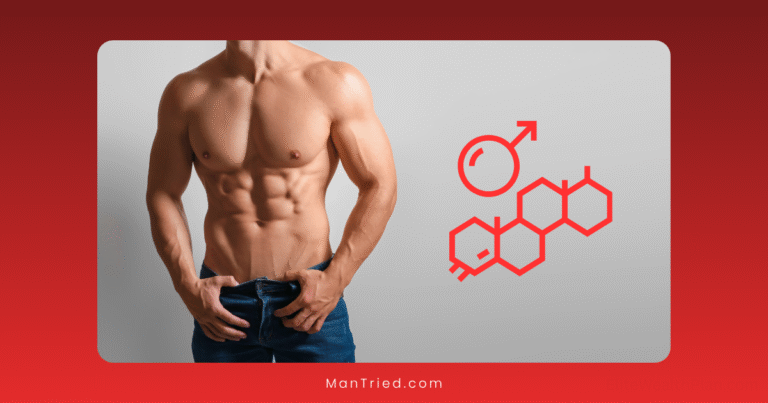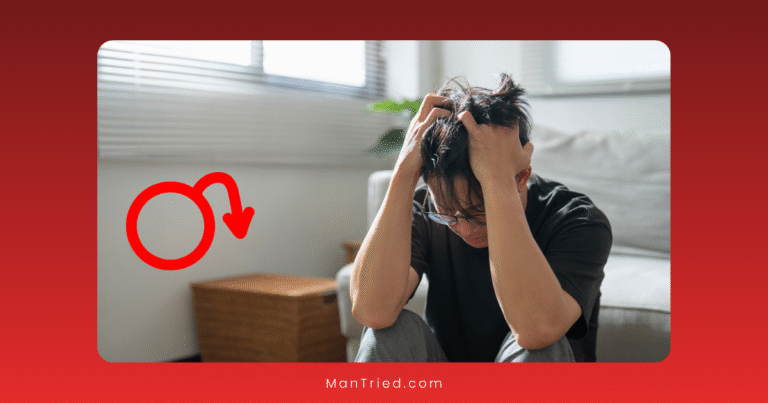Medication Options for Premature Ejaculation: Pros and Cons

Premature ejaculation (PE) affects approximately one in three men at some point in their lives, making it the most common sexual dysfunction among males. While many men find it embarrassing to discuss, understanding the available treatment options is crucial for those seeking help. This comprehensive guide explores the medication options for premature ejaculation, weighing their effectiveness, side effects, and overall value.
Understanding Premature Ejaculation
Before diving into medication options, it’s important to understand what constitutes premature ejaculation. According to the International Society for Sexual Medicine, PE is characterized by:
- Ejaculation that always or nearly always occurs prior to or within about one minute of vaginal penetration (lifelong PE)
- A clinically significant reduction in latency time, often to about three minutes or less (acquired PE)
- The inability to delay ejaculation on all or nearly all vaginal penetrations
- Negative personal consequences, such as distress, bother, frustration, and/or the avoidance of sexual intimacy
Available Medication Options
Selective Serotonin Reuptake Inhibitors (SSRIs)
SSRIs were originally developed to treat depression but have become a common off-label treatment for premature ejaculation due to their side effect of delayed orgasm.
Commonly prescribed SSRIs include:
- Paroxetine (Paxil)
- Sertraline (Zoloft)
- Fluoxetine (Prozac)
- Citalopram (Celexa)
- Escitalopram (Lexapro)
- Dapoxetine (Priligy) – specifically developed for PE but not available in the US
Pros:
- Highly effective, increasing ejaculation time by 3-5 minutes on average
- Can be taken daily or as needed (though daily use is generally more effective)
- Well-studied with established safety profiles
- May help with comorbid conditions like anxiety or depression
According to a systematic review published in the Journal of Sexual Medicine, paroxetine appears to be the most effective SSRI, increasing ejaculation latency by 8.8-fold compared to baseline.
Cons:
- Side effects may include nausea, headache, insomnia, dry mouth, and dizziness
- Can potentially cause decreased libido or erectile dysfunction
- Takes 2-3 weeks of daily use to reach full effectiveness
- Withdrawal symptoms if stopped abruptly
- Not FDA-approved specifically for PE (except dapoxetine in some countries)
Topical Anesthetics
These products work by temporarily reducing penile sensitivity.
Common options include:
- Lidocaine sprays or creams
- Prilocaine creams
- Benzocaine wipes (like Roman Swipes)
- Combination products (like EMLA cream, which contains lidocaine and prilocaine)
Pros:
- Work quickly (typically within 10-15 minutes)
- Available without prescription (many options)
- Can be used as needed
- No systemic side effects
- Increase ejaculation time by approximately 3-6 minutes
Cons:
- May cause numbness that reduces pleasure
- Can transfer to partner causing genital numbness
- Potential for skin irritation or allergic reactions
- Must be timed properly and wiped off before intercourse
- Inconsistent results
Phosphodiesterase-5 (PDE5) Inhibitors
While primarily used for erectile dysfunction, medications like sildenafil (Viagra), tadalafil (Cialis), and vardenafil (Levitra) are sometimes prescribed for PE, especially when it co-occurs with erectile issues.
Pros:
- May help with both PE and erectile dysfunction
- Can increase confidence, potentially reducing anxiety-related PE
- Studies show modest improvements in ejaculation time
- Works well in combination with SSRIs
A study published in the International Journal of Impotence Research found that combining PDE5 inhibitors with SSRIs produced better results than either medication alone.
Cons:
- Less effective for PE when used alone
- Side effects may include headache, flushing, indigestion, and nasal congestion
- Not specifically approved for PE
- More expensive than some other options
- Contraindicated in men taking nitrates
Tramadol
This opioid pain medication has been found to delay ejaculation, though the mechanism isn’t fully understood.
Pros:
- Can be effective when taken on-demand (1-2 hours before intercourse)
- Studies show it can triple ejaculation time in some men
- May be an option for men who don’t respond to or can’t tolerate SSRIs
Cons:
- Risk of dependence and addiction
- Side effects include nausea, dizziness, and drowsiness
- Cannot be combined with SSRIs due to risk of serotonin syndrome
- Not FDA-approved for PE
- Concerns about long-term safety
Tricyclic Antidepressants
Clomipramine is the most commonly used tricyclic antidepressant for PE.
Pros:
- Effective at delaying ejaculation
- Can be taken daily or as needed
- May be an alternative for those who don’t respond to SSRIs
Cons:
- More side effects than SSRIs, including dry mouth, constipation, and drowsiness
- Risk of cardiac side effects in some individuals
- Not FDA-approved for PE
- Less commonly prescribed than SSRIs
Emerging Treatments
Research continues into new medication options for PE. According to Mayo Clinic, some treatments being investigated include:
- Modafinil (a medication for narcolepsy)
- Silodosin (an alpha-blocker typically used for prostate issues)
- Botulinum toxin (Botox) injections
- Oxytocin antagonists
These treatments are still experimental and not currently recommended for routine use.
Combining Approaches for Best Results
The American Urological Association suggests that combining medication with behavioral techniques often yields the best results. These techniques include:
- The stop-start method
- The squeeze technique
- Pelvic floor exercises (Kegels)
- Mindfulness and relaxation techniques
Additionally, psychological counseling can address underlying anxiety, relationship issues, or other psychological factors contributing to PE.
How to Choose the Right Medication
When considering medication for PE, several factors should be weighed:
- Severity of PE: More severe cases may require daily medication rather than as-needed options
- Preference for daily vs. on-demand treatment: Some men prefer not to take daily medication
- Side effect profile: Consider which potential side effects would be most tolerable
- Cost and insurance coverage: Many PE treatments are not covered by insurance
- Presence of other conditions: Such as erectile dysfunction or depression
- Partner’s preferences: Some treatments may affect the partner’s experience
Consulting Healthcare Providers
It’s essential to consult with a healthcare provider before starting any medication for PE. They can:
- Evaluate whether the PE is lifelong or acquired
- Rule out medical conditions that might contribute to PE
- Consider potential drug interactions with current medications
- Recommend the most appropriate treatment option
- Monitor for side effects and adjust treatment as needed
Resources like the Sexual Medicine Society of North America can help locate specialists in sexual medicine who have experience treating PE.
The Bottom Line
While no medication offers a perfect solution for premature ejaculation, several effective options exist. SSRIs currently provide the most reliable results but come with potential side effects. Topical anesthetics offer a non-systemic alternative with fewer side effects but may reduce sexual pleasure. The best approach often involves combining medication with behavioral techniques and addressing any psychological factors.
Remember that premature ejaculation is a common condition that can be effectively managed with the right treatment plan. By working closely with healthcare providers and maintaining open communication with partners, men with PE can significantly improve their sexual experiences and overall quality of life.
Have you tried any of these medication options for PE? What was your experience? Share your thoughts in the comments below.






